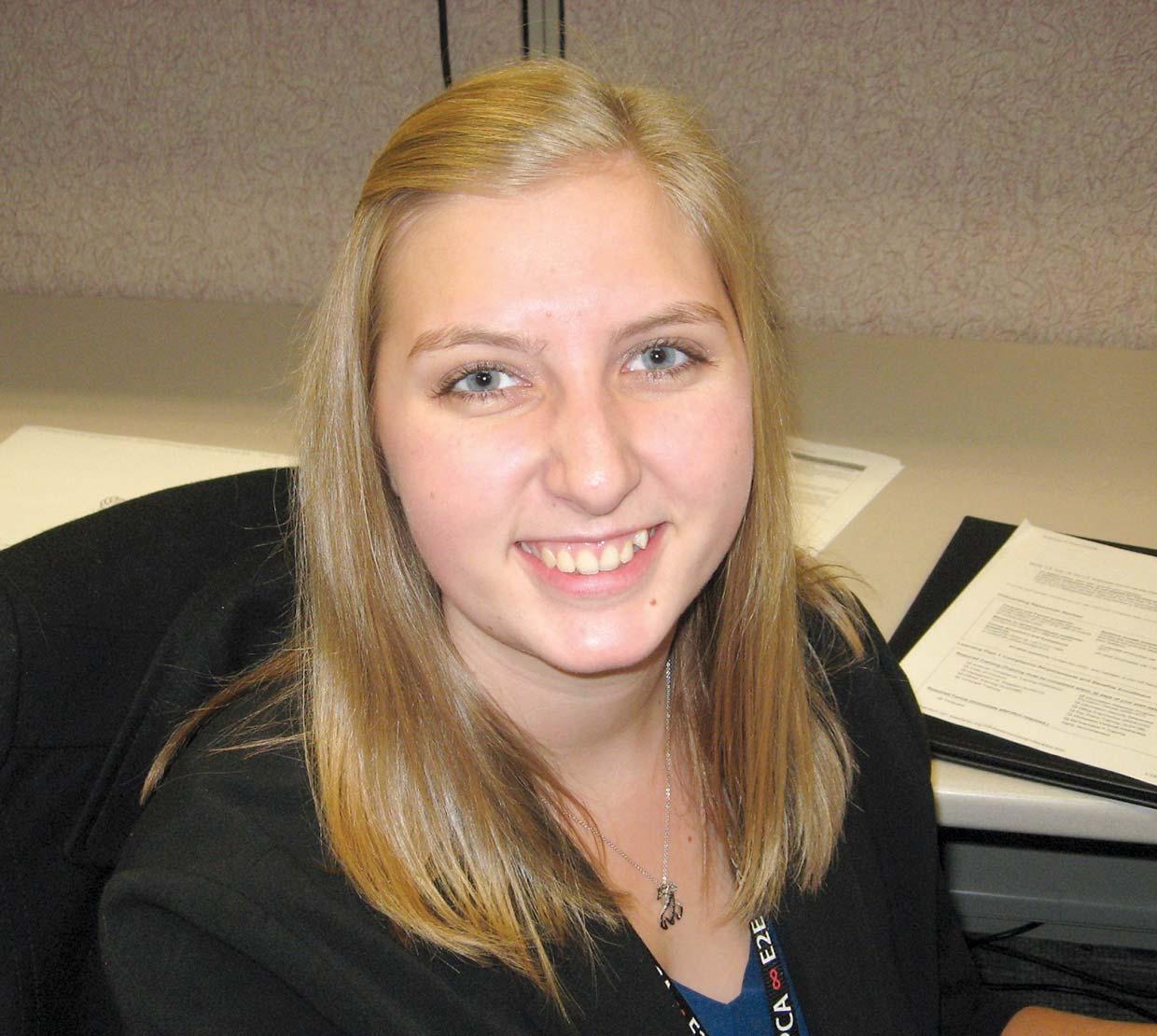The employment surge for statisticians along with Oregon’s drive to increase the number of students pursuing degrees in STEM fields has led the Department of Mathematics at Oregon State University to offer a new undergraduate degree option in mathematics allowing an emphasis in statistics. Developed in close collaboration with the Department of Statistic, this new concentration prepares students for the current marketplace where statisticians have a professional edge, according to recent surveys and studies.
Mashable, an online news site that covers digital culture and technology, labels statistical analysis and data science as 2015’s “hottest profession.” In the last five years, such enthusiastic epithets have been increasingly applied to the field of Statistics, once viewed as an esoteric and unexciting discipline.
Amstat News—the magazine of the American Statistical Association—cites data that tracks this revolutionary shift in attitude toward statistics and statisticians. Amstat’s comprehensive mathematical sciences survey reveals a 78% increase in undergraduate statistics degrees from 2003 to 2011 and a 40% increase from 2009 to 2011.
Suddenly, it seems, everyone from Google and Netflix to Walmart, Gap and the federal government are hiring people with statistical skills and expertise.
Susan Dunham, the first mathematics graduate with the statistics option at OSU, found that her training made her a frontrunner in the job market. She was hired by a top insurance and finance company, before even completing her degree in December 2014 with a BS in Mathematics, a statistics option, and a minor in actuarial science.
Dunham, who has always enjoyed data analysis, honed her talent in the area through the seven statistics courses she took during her undergraduate career, five of which have counted towards her statistics option. She recently started working as an actuarial analyst trainee at State Farm’s auto pricing unit in its corporate headquarters in Bloomington, Illinois.
Dunham said her statistical skills and knowledge helped her land an internship with State Farm’s research unit last summer. When she impressed her managers with her abilities in data analysis, it helped pave the way for a full- time job offer.
“The statistics courses I was able to take at OSU definitely have an impact on my career."
"My managers are very excited about my coming into the company with this knowledge. One of my managers I spoke with today was actually really excited to hear that I had some experience with R—the data analysis software—(thanks to ST 411 and 412) and wants me to use it in my job for certain tasks,” Dunham wrote in an email. “The courses in the statistics option helped give me a good base knowledge for some of the actuarial exams I will be taking in the next few years as well.”
Statistics 411 and 412 are called Methods of Data Analysis and give students training in statistical applications.
Besides the promising job potential of a degree in statistics, the discipline itself has achieved impressive gender parity. According to a recent article in The Washington Post, statistics is ahead of all other STEM fields in “attracting, retaining and training women.” More than 40 percent of the degrees in statistics go to women, and they make up 40 percent of tenure-line faculty in departments. In the Department of Statistics at OSU, 50 % of tenured or tenure-line faculty are women.
OSU’s Department of Statistics is the only one of its kind among public universities in Oregon. It does not itself currently offer a undergraduate degree, so the new statistics option in mathematics offers a unique opportunity for students.
“The new Statistics option for mathematics students gives an avenue for undergraduates to develop an expertise in statistical applications together with an understanding of the mathematical theory underlying statistics,” says Mina Ossiander, professor of Mathematics and undergraduate advisor for the Statistics option.
Dunham, who says that she would have majored in Statistics if OSU had offered it, had already taken many statistics courses in high school when she started as a math major in 2011.
Although Dunham began with a minor in Statistics, she found herself wanting more challenging, upper-level statistics courses.
“The minor in Statistics required a lot of basic statistics courses that I had gained experience with in high school, or skipped and gone straight to the upper division classes,” says Dunham.
Dunham jumped at the chance when Ossiander, who had taught Dunham and was well aware of her career goals and preferences, told her about the newly developed Statistics option.
“I preferred statistics more than the pure mathematics focus of the major. I told Mina I'd sign up as soon as possible!” says Dunham. “So in short, I chose the stats option because it let me take more statistics courses, which was where I wanted to focus.”
With this new degree program, OSU joins other high-impact public universities such as UC Berkeley, University of Washington and University of Utah that offer similar degrees in the mathematical and statistical sciences.
The Statistics option has succeeded in attracting attention from mathematics majors. Currently, there are about a dozen Math majors who are enrolled in the Statistics concentration. Ossiander predicts that there will be 5-10 Statistics Option graduates annually.




